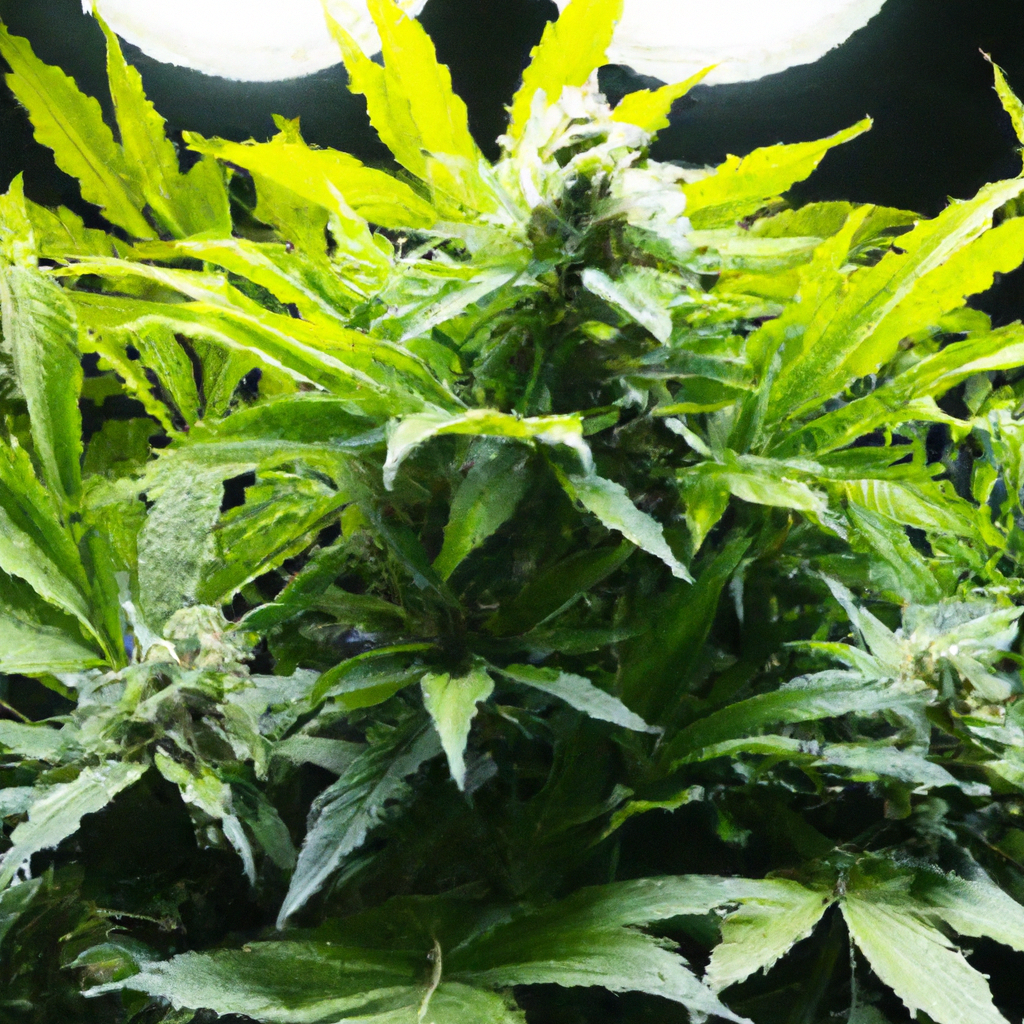Your cart is currently empty!
In the world of cannabis cultivation, light intensity often serves as a pivotal factor in influencing the health and yield of your plants. Grasping the optimal light conditions can unlock the full potential of your harvests, while missteps in this area might lead to poor growth and diminished returns. This guide will walk you through understanding and mastering light intensity for a thriving cannabis garden.
The Basics of Light Intensity
Light intensity refers to the amount of light that cannabis plants receive, measured in lumens, foot-candles, or more scientifically, micromoles per square meter per second (µmol/m²/s). Essentially, this measures the number of photons hitting a certain area of your plant, affecting photosynthesis. Adequate light intensity can fuel robust growth and potent buds.
Optimal Light Conditions
- Seedling Stage: Young cannabis plants need gentle lighting to prevent stress, ideally around 200-400 µmol/m²/s.
- Vegetative Stage: During this phase, increase light exposure to 400-600 µmol/m²/s to support rapid growth and building the plant’s structure.
- Flowering Stage: Aim for 600-1000 µmol/m²/s to boost bud formation and cannabinoid production.
Challenges and Solutions
1. Light Burn
High light intensity can lead to light burn, where leaves appear bleached and crispy. To avoid this, monitor distance between lights and plant tops, adjusting as they grow.
2. Inconsistent Light Distribution
Cannabis plants benefit from even light distribution. Use reflective surfaces or strategically place lights to minimize shadows and ensure uniform coverage.
3. Power and Heat Management
High-intensity lights can emit substantial heat, influencing plant health and growth. Consider LED lights that are energy-efficient and offer lower heat output, keeping your grow space cooler.
Advanced Tips for Light Management
- Use Light Meters: Invest in a PAR (Photosynthetically Active Radiation) meter for precise measurement and adjustments.
- Implement Light Cycles: Mimic natural sunlight patterns with automated timers for consistent day-night cycles, critical for different growth stages.
- Supplement CO2: If increasing light intensity, consider CO2 enrichment to bolster photosynthesis efficiency and growth rate.
Conclusion
Mastering light intensity in cannabis cultivation is essential for achieving abundant yields and high-quality products. By understanding the appropriate light conditions for each growth stage and addressing common challenges, cultivators can foster healthier plants and greater harvests. Begin experimenting with light intensity today to see tangible results in your cannabis garden.
Tags: CannabisCultivation, LightManagement, GrowTips
Discover more from Magic Clones
Subscribe to get the latest posts sent to your email.


Leave a Reply